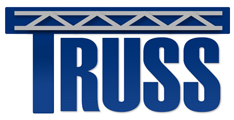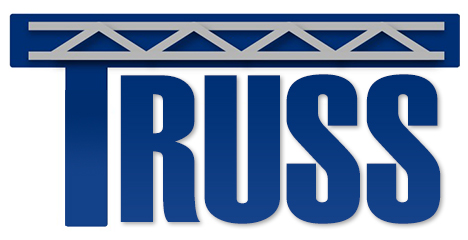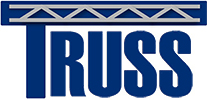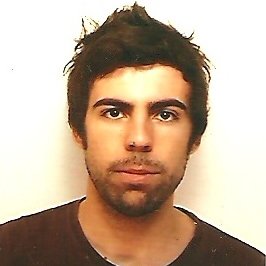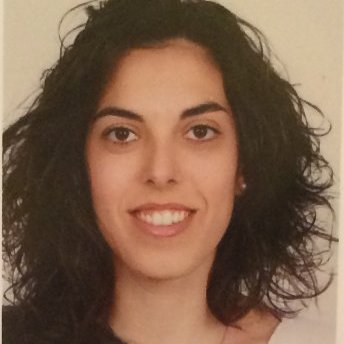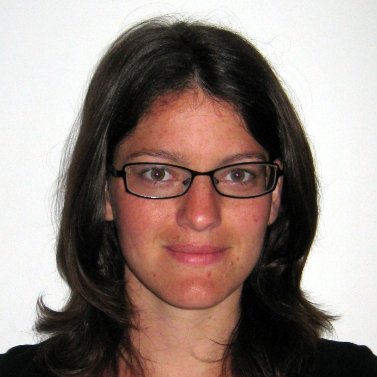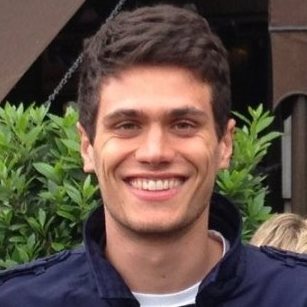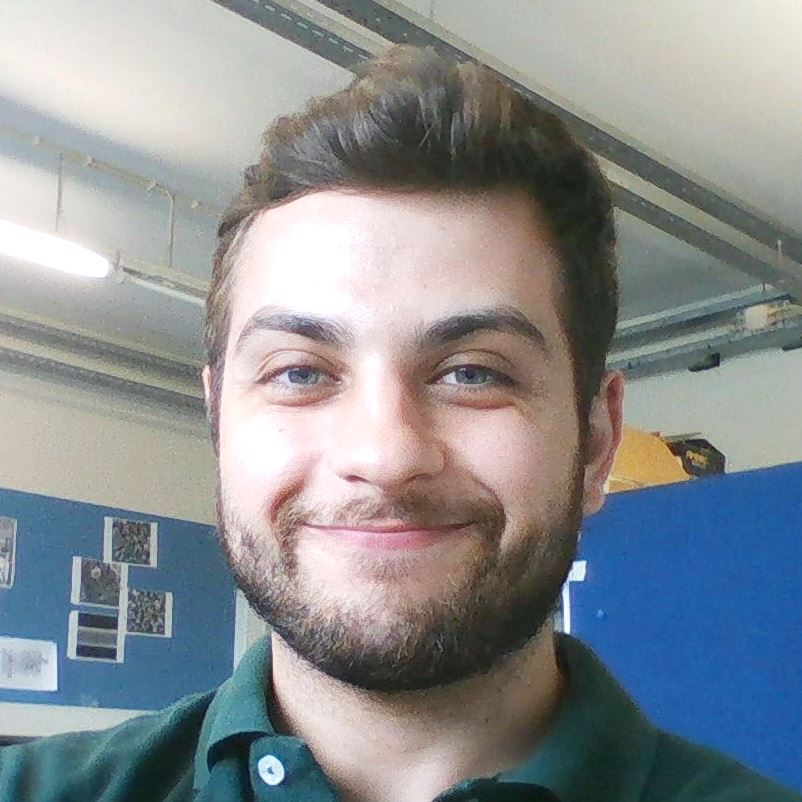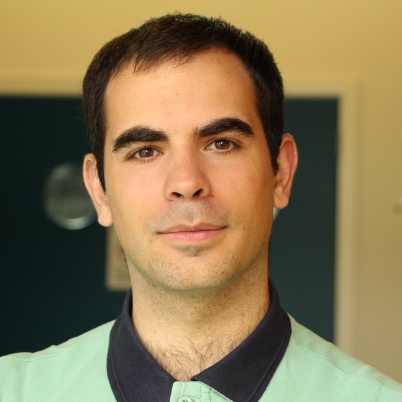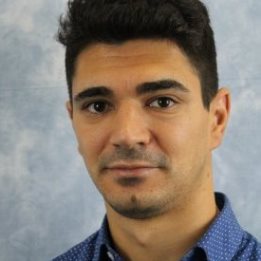 Early Stage Researcher
Early Stage Researcher
University College Dublin (Ireland)
Research Interests:
CAD/CAM; Additive manufacturing; Unmanned aerial vehicle application
Biography:
Siyuan holds a MSc degree in Mechanical and Aerospace Engineering from Syracuse University. After receiving his Masters, he worked as a research assistant at Columbia University, in Numerical Modeling, and prior to, at Tsinghua University, developing and supporting interdisciplinary courses in Learning Process Design, and Workshop Management.
He received his bachelor degree from the Beijing Institute of Petrochemical Technology in Mechanical Engineering.
His previous research experience has included under-sea pipeline repair system design (as part of the China National Research Program), rescue equipment design and 3D printer design. He joined TRUSS ITN in September 2015. A summary of his research highlights and training, dissemination and outreach activities in TRUSS other than network-wide events, is provided in the pdf below, followed by more detailed info on his research outputs.
Research Outputs:
- Dou, Y., Cai, X. and Chen, S. (2012), “Design of an Amphibious Rescuing Car Based on Fischertechnik Model”, Laboratory Research and Exploration, 31(6).
- Chen, S., Cai, X. and Li, H. (2012), P.R. China Patent ZL201120186204.0: Electromagnetically Locking Device for Automatic Window.
- Han, L., Liu, Z. and Chen, S. (2010), “Optimization of Automobile Suspension System Based on SUMT”, Science Technology and Engineering, 110(25).
Publications in TRUSS
Journal papers
This paper reports on patents worldwide related to both hardware and software for the contraction and deployment of UAVs and is intended to provide a snapshot of currently available unmanned aerial vehicles (UAVs) technologies, as well as to identify recent trends and future opportunities in affiliated hardware and software. Basic components related to self-designed units are explained (e.g. platform selection, autopilot control comparison and sensor selection). Current applications and research areas of UAVs are discussed. The research and product development trends focus on extending the flight time, enhancing the water and wind resistant capabilities, improving autonomous navigation abilities, and enriching the payload capacity. Since autonomous navigation is a key technology in UAVs applications, concepts about this are also explained. [DOI] -> Link to full text in repository
Conference contributions
This paper reports on recent contributions by the Marie Skłodowska-Curie Innovative Training Network titled TRUSS (Training in Reducing Uncertainty of Structural Safety) to the field of structural safety in rail and road bridges (http://trussitn.eu). In TRUSS, uncertainty in bridge safety is addressed via cost efficient structural performance monitoring and fault diagnostics methods including: (1) the use of the rotation response due to the traffic traversing a bridge and weigh-in-motion concepts as damage indicator, (2) the combination of design parameters in probabilistic context for geometrical and material properties, traffic data and assumption on level of deterioration to evaluate bridge safety (via Bayesian updating and a damage indicator based on real time measurement), (3) the application of a fuzzy classification technique via feature selection extracted using empirical mode decomposition to detect failure, and (4) the testing of alternative vibration based damage sensitive features other than modal parameters. Progress has also been made in improving modern technologies based on optical fiber distributed sensing, and sensors mounted on instrumented terrestrial and on aerial vehicles, in order to gather more accurate and efficient info about the structure. More specifically, the following aspects have been covered: (a) the spatial resolution and strain accuracy obtained with optical distributed fiber when applied to concrete elements as well as the ideal adhesive, and the potential for detecting crack or abnormal deflections without failure or debonding, (b) the possibility of using the high-resolution measurement capabilities of the Traffic Speed Deflectometer for bridge monitoring purposes and, (c) the acquisition of bridge details and defects via unmanned aerial vehicles. -> Link to full text in academic repository
This paper introduces a three-dimensional reconstruction experiment based on a physical laboratory-based experiment on a brick wall. Using controlled shooting distances and angles, different images sets were captured and processed with a structure from motion-based technique, which can reconstruct 3D models based on multi-view, Two-Dimensional (2D) images. Those 2D geometries are shown to generate significant deformations within the resulting point cloud, especially where there were large angles (with respect the camera position and the wall’s normal direction) and at close distances to the wall’s surface. This paper demonstrates that by overlapping different flawed image sets, the deformation problem can be minimised. -> Link to full text in repository
